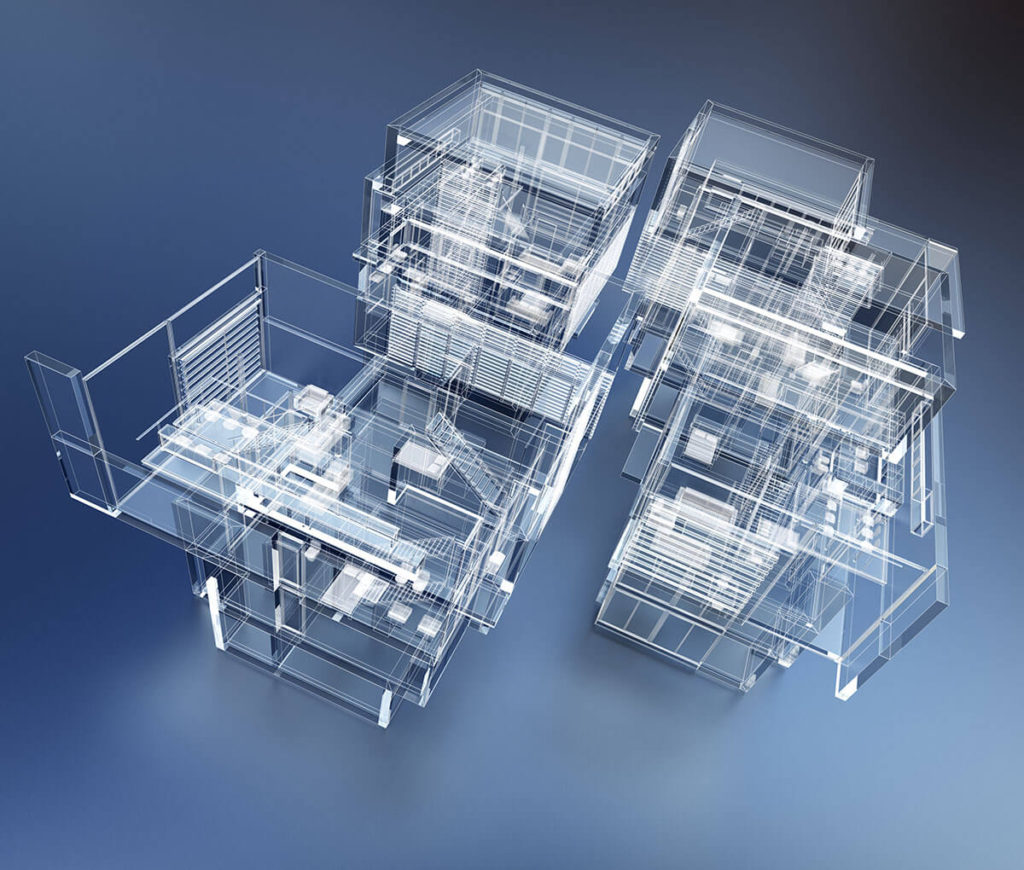The rise of so-called smart buildings has created great challenges and challenges, such as security, and opting for an alarm verification service to comply with regulations so that the environment is much more comfortable, productive, and above all, safe.
Currently, technology allows controlling access and security, as well as energy resources, air conditioning installations and efficient management of all systems. Thanks to automated management and control, these buildings are provided with a much safer environment.
What is a smart building?
An intelligent building is also known as Smart Building, and it is one whose facilities allow integrated and automated management in order to increase not only security, but also energy efficiency, usability and accessibility.
The control is carried out through the inmotics or automation, which guarantees the monitoring of the general operation of the building. It also allows greater control over access and monitoring of people who access the facilities.
Building automation has the ability to integrate home automation within the network structure to provide energy management services, personal well-being and security. Among its main characteristics we highlight:
- Efficient consumption. Thanks to its energy and water saving system, the flow can be controlled and regulated, obtaining data on energy consumption.
- Integration in control systems. The control system has to be integrated into the building to optimize its way of operating and administration in electronic form.
- Security. An intelligent building must be equipped with the most innovative security systems.
- Flexibility. The building must adapt to technological changes more easily.
- Ergonomics. These facilities must be comfortable for its inhabitants.

What technologies are used in the security of a smart building?
Un gran número de tecnologías avanzadas son capaces de mejorar el rendimiento, garantizar la sostenibilidad y mejorar la vida de las personas dentro de un Smart Building. El internet de las cosas, la iluminación inteligente, los sistemas de gestión o las conexiones eléctricas sirven para ofrecer una mejor calidad de vida a las personas.
La inversión en tecnología se hace necesaria para cumplir con las exigencias dentro de entornos sostenibles, eficientes y escalables. Por lo tanto, la normativa de seguridad en edificios públicos es también de vital importancia. La ley exige el cumplimiento de la normativa de cámaras de vigilancia y el RGPD para garantizar la máxima seguridad.
A finales del mes de septiembre del presente año ha entrado en vigor la actualización del Código Técnico de la Edificación (CTE) y el Documento Básico Seguridad contra Incendios (DB-SI 2). Se recogen las nuevas medidas de seguridad contra incendios para edificios de nueva construcción o los que sufran reformas en sus fachadas.
A large number of advanced technologies are capable of improving performance, ensuring sustainability and improving people’s lives within a Smart Building. The internet of things, smart lighting, management systems or electrical connections serve to offer a better quality of life to people.
Investment in technology is necessary to meet the demands within sustainable, efficient and scalable environments. Therefore, security regulations in public buildings are also of vital importance. The law requires compliance with the regulations of surveillance cameras and the GDPR to guarantee maximum security.
At the end of September of this year, the update of the Technical Building Code (CTE) and the Basic Fire Safety Document (DB-SI 2) came into force. The new fire safety measures for new buildings or those undergoing renovation of their facades are included.
GDPR compliance in a smart building
Technology has led to an increase in the use of video surveillance cameras in buildings with the aim of preventing crimes or discovering criminals who attack the properties or areas of the building. Therefore, security in smart buildings is a fundamental aspect that we must address.
This new Data Protection Law is characterized by being much more demanding with the images captured by video surveillance cameras. It should be noted that it will guarantee people’s privacy. In addition, the prohibition to capture images of the public highway is contemplated, except in the case that its use is for safety.
The safety of public buildings must be in accordance with existing fire regulations to guarantee the safety of people in the event of fire. The maximum time that recordings can be saved is 30 days and 15 for banks.

How to control smart buildings?
There is no doubt that remote monitoring, in smart building security, is the most effective way to control smart buildings. Currently there are control systems that together with the Remote Monitoring Center (CMR) allow monitoring all the systems that are part of the building for 24 hours.
The remote management of a Smart Building has numerous advantages such as increased comfort and personal safety. These are some of the possibilities offered by the remote control:
- Access control by biometrics, portable cards and analysis of human and vehicle traffic and restriction of access to security areas, among others.
- Control by closed circuit television that allows analyzing the information from the cameras by facial recognition, infrared cameras or night vision.
- Fire protection that helps detect fire and sets in motion emergency communications.
- Ventilation and air conditioning where climatic conditions are automatically monitored that control humidity, filter the air to remove particles and analyze CO₂.
- Preventive services that allow checking unauthorized access by employees. Likewise, it is possible to create maintenance, supervision or surveillance protocols remotely, such as video surveillance in elevator cars, among other possibilities.
- Personalized service that will depend on the size of each company to offer tailored solutions. The main objective is to optimize energy consumption and improve resource efficiency.
- Constant communication that will lead to the receipt of automatic reports, phone calls, maintenance companies, emergency services.
- Reactive actions that will be programmed automatically to verify the degree of alert, denial of permits or the opening of the doors.

Ultimately, the stability and security of an intelligent building part of proper planning. In this way, network and construction designers will better deal with problems that may arise in the future.
Not only are unnecessary costs avoided, but more reliable wireless networks are provided for emergency services personnel. This makes it possible to get the job done more effectively and prepare the business for worst-case scenarios.
In summary, a smart buildings security is characterized by providing a large number of benefits because it provides a safe environment. However, safety is a key aspect that must be assessed in detail, taking into account current regulations.




